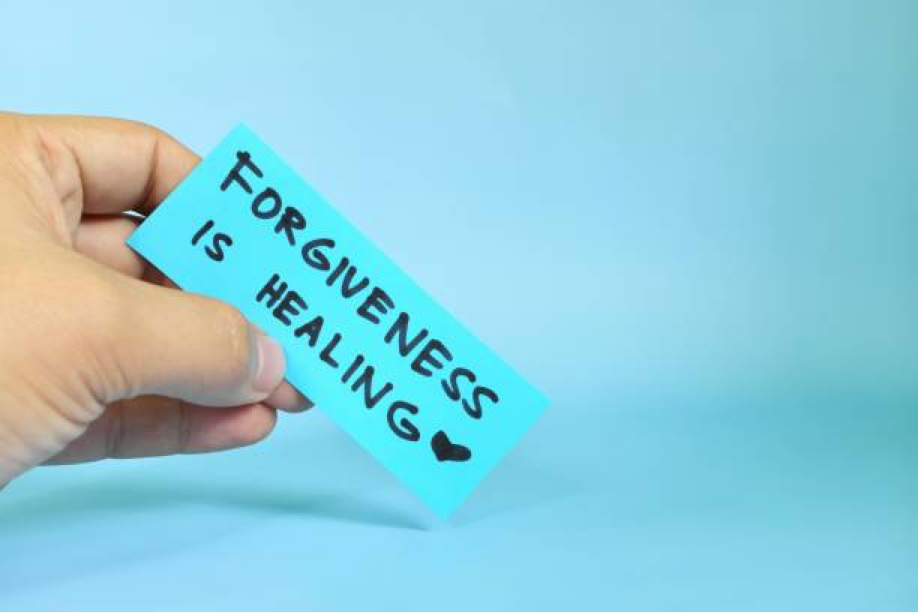Irene Rowland, MS, NCC, LPC
We often have more control than we realize. I’m going to lead you through an exercise in order to illustrate this point. Visualize a tree with deep roots and a strong trunk leading up into beautiful branches and leaves. Oftentimes, we retain concepts better if we can see it mapped out.
To that end, let’s do a little art therapy together and when you have completed your masterpiece, you can put it on your refrigerator or somewhere that you’ll notice it often:
- First draw a tree trunk with the roots showing.
- Under half of the roots write the word FEAR in dark, shaky, ominous looking letters.
- Under the other half of the roots write LOVE in happy looking handwriting (maybe pretty cursive if you dare).
- Vertically up the tree trunk write “thoughts/beliefs”.
- Now it’s time to add lots of branches, twigs, and leaves. Among these branches, add the wording “actions/behaviors” throughout the branches.
If you are looking for extra credit, add a variety of nice healthy looking fruit and some rotting fruit with flies.
Proverbs 4:23 states “Above all else, guard your heart, for everything you do flows from it.” In most circumstances, at the root of our thoughts is either fear or love. These thoughts then drive our actions and behaviors. Sometimes we are coming from a solid, healthy place and other times from a shaky, fear based place. This is worth looking at in order to grow more and more into the emotionally healthy individual we have the potential to become.
All fear based thinking is not detrimental obviously. God created us with healthy fight or flight instincts for when we are in actual danger. This is of course a good thing. For purposes of learning how to live a more emotionally balanced life, we’re looking at thoughts that come from an unhealthy fear which could potentially drive behaviors and actions that don’t serve us well.
Thoughts Drive Behavior
There are ten top cognitive distortions. Let’s break this down a little. Cognitive means having to do with the brain. Distortions are things that are twisted, so basically cognitive distortions are twisted, unhealthy or irrational thoughts. We have more control over our lives if we operate from a place of clear, healthy, rational thoughts. Everyone experiences some of these types of thoughts so it’s good to know that it’s “normal”. It’s what we do with these thoughts that matters. Do we buy into the lie that we’ve told ourselves or do we remind ourselves of the truth? If you tracked these negative thoughts throughout the week, it would be surprising to see how often this happens. Let’s look at the top 10 cognitive distortions. They’re not in any particular order but we each have a pattern of our “favorites” that we default to when we engage in what some call “stinking thinking”.
All or Nothing Thinking- also known as black and white thinking. Usually things in life aren’t 100% one way or the other and the truth is somewhere in between in the gray area. Words such as never and always fall into this category. The words usually, often and sometimes are probably more truthful in most circumstances.
Overgeneralizing- an example would be seeing an event as a never-ending pattern. A student with good grades being concerned that they’re going to flunk a course because of one failing quiz grade is a good example of this.
Mental Filter- dwelling on the negatives and ignoring the positives. When this happens, the mind dwells on the glass being half empty. This is not only discouraging for the person who chooses to live this way, but also makes it difficult for others to be around them often.
Discounting Positives- an example is not giving any credit for that which is good in a person and only paying attention to what needs improvement.
Jumping to Conclusions- the thoughts don’t always match the facts. There are subsets of this type of distorted thinking. One is Mind Reading when we assume we know what the other person is thinking for instance. This is a common relationship issue. We need to state what we have to say instead of believing the other person already knows. Fortune Telling also is a way that we oftentimes falsely decide that we know how something is going to happen. We all know those who have had something negative happen in the morning and then decide that this is going to be a bad day. Their negative thinking is usually what propels the rest of the day to be less than desirable. Their self-fulfilling prophesy informs how they choose to handle the rest of the day.
Magnification and Minimization-making things larger or smaller than they actually are. We’ve all seen a mountain made out of a molehill or something huge being discounted as being trivial.
Emotional Reasoning- letting feelings be regarded as truth such as I feel unworthy therefore I am.
Should Statements- when we use should/should not, must, have to or similar language about ourselves or others, we are self-bullying or other bullying. An example would be if a person thought that as a good parent they have to read a bedtime story every night to their child. The truth is that as a good parent, they get to/are happy to read a story nightly but they could still be a good parent without imposing this on themselves. A parent with a migraine could let their child know that they’re not feeling well and will read two stories the next night and still fulfill their idea of being a good parent.
Labeling-calling oneself a loser for instance because you made mistakes, instead of stating the truth that you made a mistake.
Self-Blame and Other-Blame-taking on blame that isn’t rightfully all yours or blaming others when the fault lies partially with you also.
All of these unhealthy ways of thinking can cause us to have inappropriate responses to life’s situations. When we have a negative thought, we need to slow down and ask ourselves if it’s legitimately true or have we exaggerated or added incorrect meaning to a situation. When we operate from a place of truth, our behaviors are going to be more sane, more productive, life-giving and fruitful. Knowledge is power. Now that you know, practice paying attention to your thoughts. If they are true, operate from that place for the best outcomes. If the thoughts are not truthful and therefore won’t serve you well, it’s time to regroup and remind yourself of what the actual truth is. It’s ok to have your initial thought be an unlovely, negative thought that’s untrue. What matters is what you do with it. Hopefully your response is to turn it around into the truth and proceed from there. Looking for cognitive distortions can be like a treasure hunt. Your response of countering with the truth is pure gold.
If this exercise resonated with you, try repeating the “Thought Tree” once a day for a week and notice one cognitive distortion you catch—then practice swapping it for a truer, kinder thought. If you'd like help applying these tools in therapy, please contact us at 678-993-8494 or visit Holy Family Counseling Center. If you ever feel overwhelmed or have thoughts of harming yourself, contact local emergency services or the 988 Lifeline immediately. Small shifts in how we think add up—you're not alone on this path to greater emotional health.






